Exploring the Legacy of the Wabash & Erie Canal
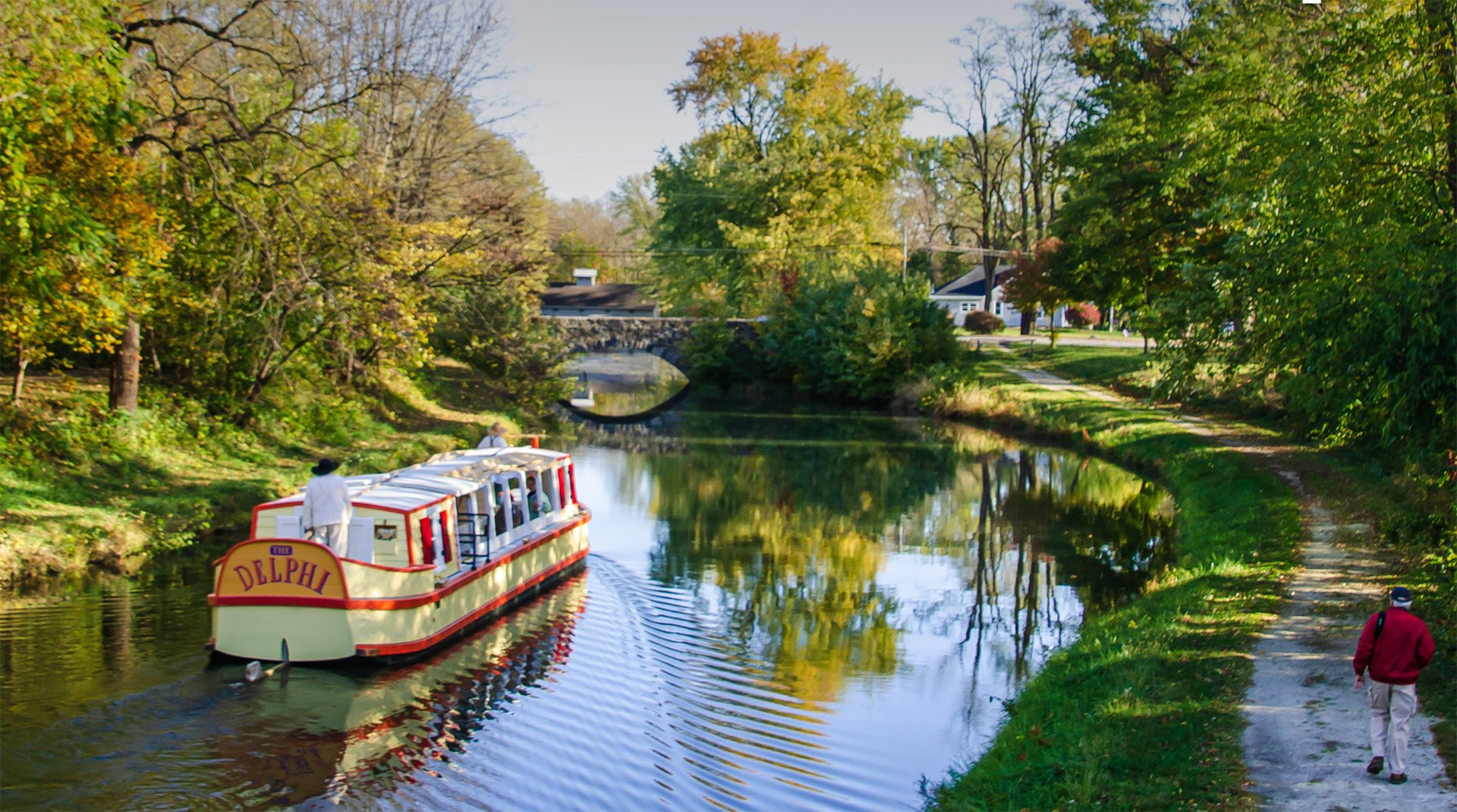
In the heart of Indiana, amidst expansive fields of corn and soy, there runs a forgotten line where water once flowed, vibrant and full of life. This is the path of the old Wabash & Erie Canal, once the longest canal in North America. Picture a brisk autumn morning in 1843, the canal bustling with activity: barges laden with goods, men shouting, horses neighing, and the calm water rippling with reflections of a busy American life. Imagine a young boy, Samuel, peering from the family porch, eyes wide with wonder at the sight of a canal boat gliding past, its presence a floating promise of innovation and connection. This was the age of the Wabash & Erie Canal, a monumental feat of engineering that brought communities together, fueling the economy and fostering dreams.
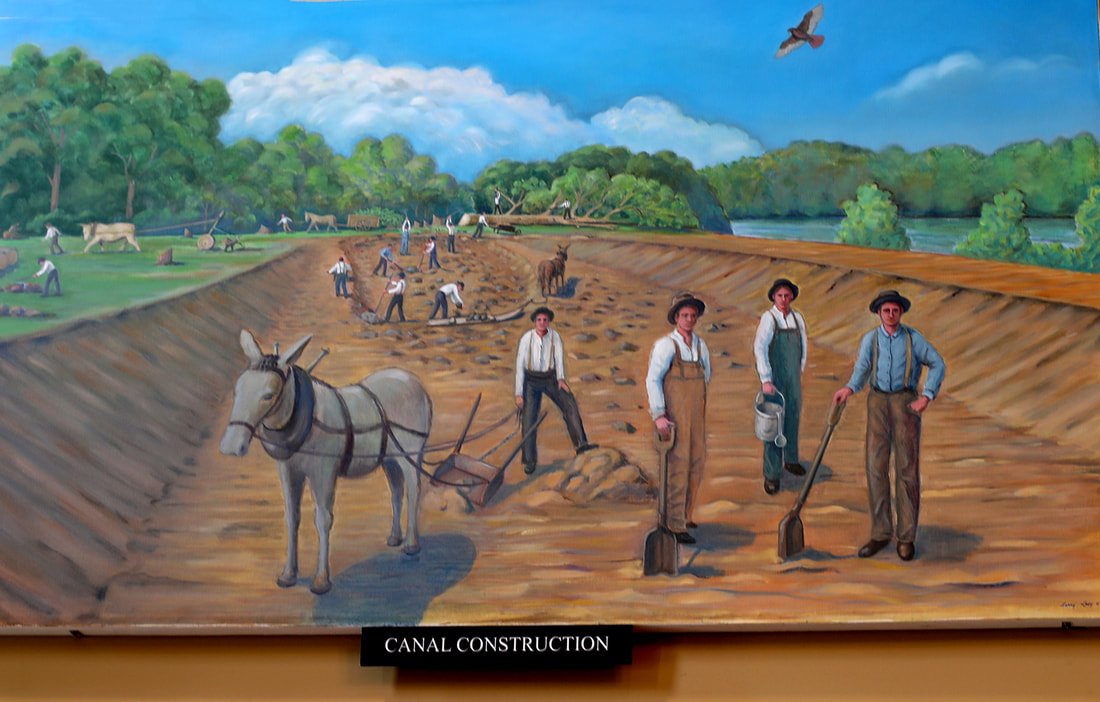
"A series of oil paintings highlight the surrounding historical sites starting with the canal's creation by artist Terry Lacy."
The Wabash & Erie Canal, an extraordinary example of mid-19th century engineering, stretched approximately 468 miles, connecting the Great Lakes to the Ohio River. Its construction began in 1832 in Fort Wayne, Indiana, and it was completed in 1853, linking it to Evansville on the Ohio River. The canal served as a crucial infrastructure before the advent of the railroads, facilitating the transportation of goods and passengers across parts of Indiana, Ohio, and Illinois.
The canal was not merely a channel for commerce, but a catalyst for urban and rural development. Towns sprang up along its route, and the increase in trade supported a burgeoning economy. The canal drastically reduced the cost and time it took to transport goods compared to road travel, revolutionizing market accessibility for farmers, businesses, and manufacturers. Products like grain, timber, coal, and merchandise could move more freely and efficiently, fueling economic growth and expansion westward.
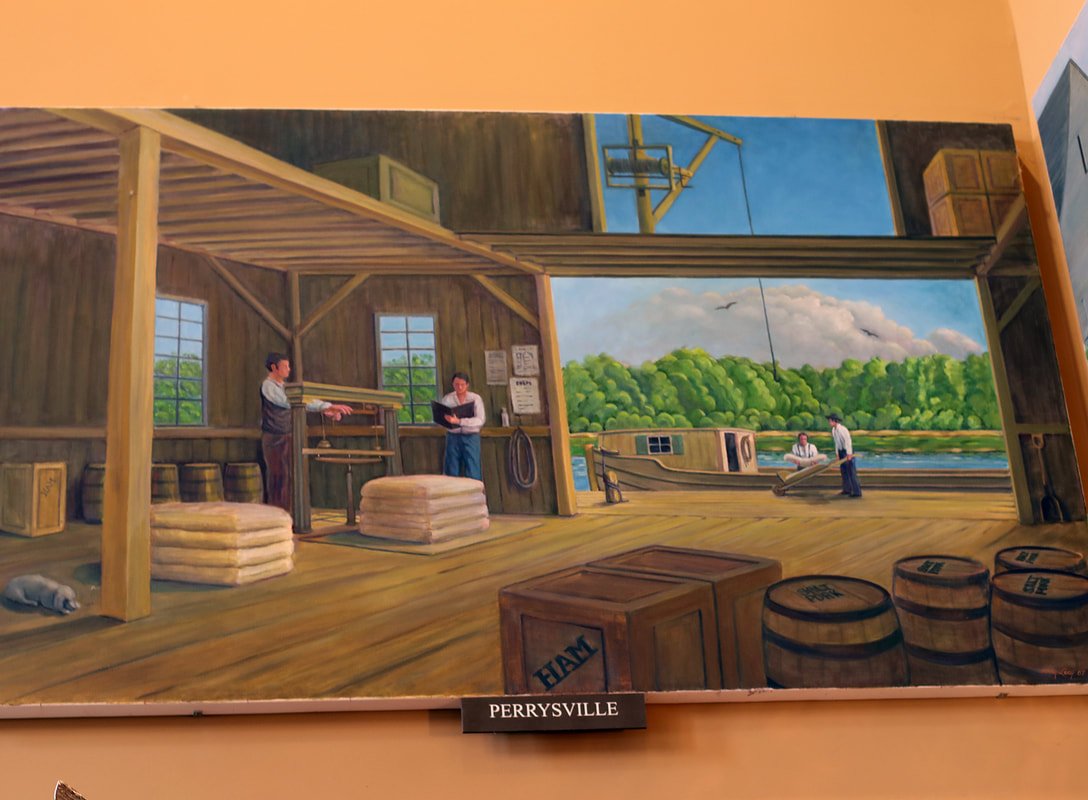
Moreover, the Wabash & Erie Canal has sparked interest among historians, archaeologists, and ecologists who study its route and remnants to understand more about 19th-century landscape use and its implications on the present environment. Efforts to preserve canal relics and convert them into greenways and hiking trails have also been a boon for eco-tourism in the region.
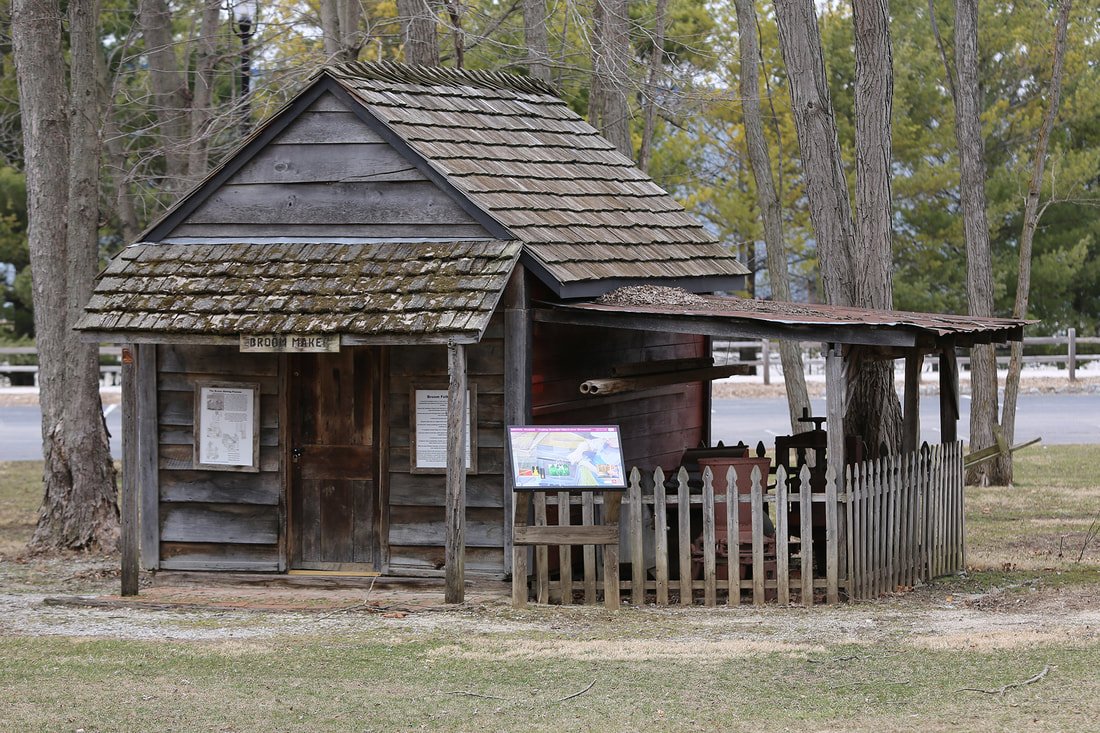
Broom Maker Building in the Pioneer Village
In conclusion, while the waters of the Wabash & Erie Canal no longer flow as they once did, the canal's legacy persists in the landscapes, towns, and stories of the Midwest. Like young Samuel on that autumn day, generations have been and continue to be inspired by this testament to human ingenuity and perseverance. The Wabash & Erie Canal is not merely a relic of the past, but a vibrant part of the historical and cultural fabric of American society, offering profound insights into the nation's developmental journey.
- Preservation and Education: Historical sites and museums dedicated to the canal help promote awareness and understanding of this crucial period in American history.
- Economic History: The canal played a pivotal role in economic developments in the Midwest, influencing the growth of trade and the expansion of communities.
- Technological Advancements: The construction challenges and solutions of the canal contributed to advances in engineering and technology.
- Community Celebrations: Festivals and community events focused on canal history foster a sense of unity and appreciation for regional heritage.
- Eco-tourism: Preservation efforts have transformed parts of the old canal system into trails and green spaces, promoting eco-friendly tourism and recreation.
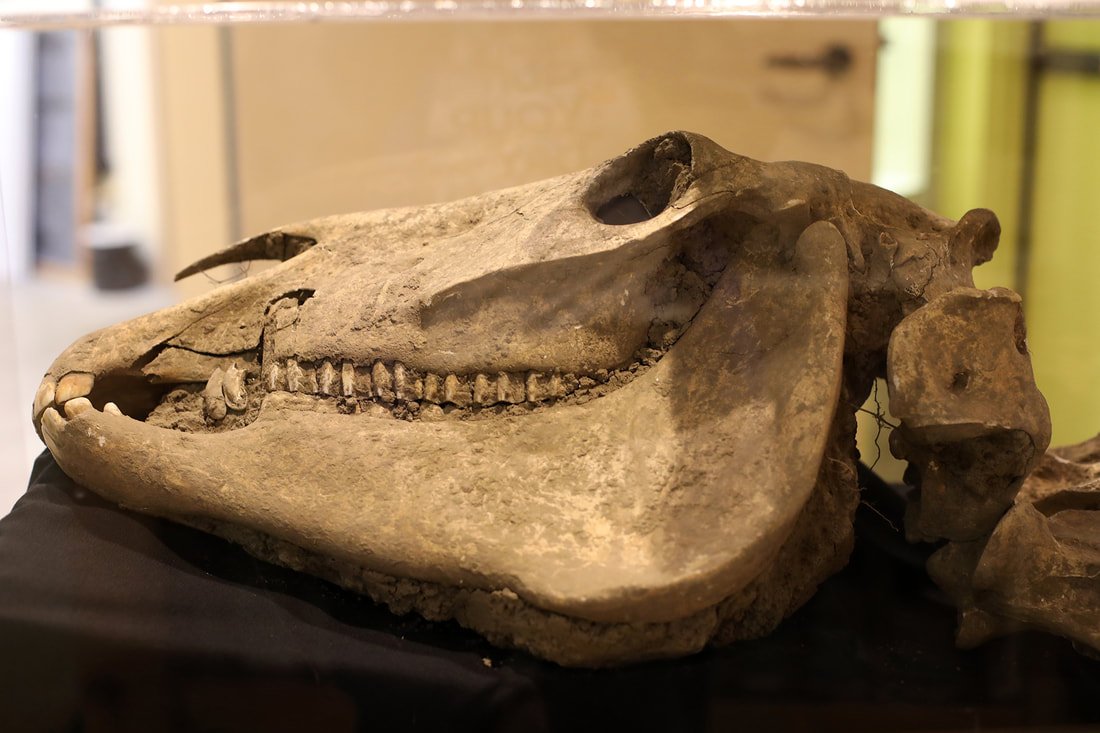
". . . the historical Pioneer Village 18th-century tradespeople and buildings are available for demonstration and cabin tours. . ."
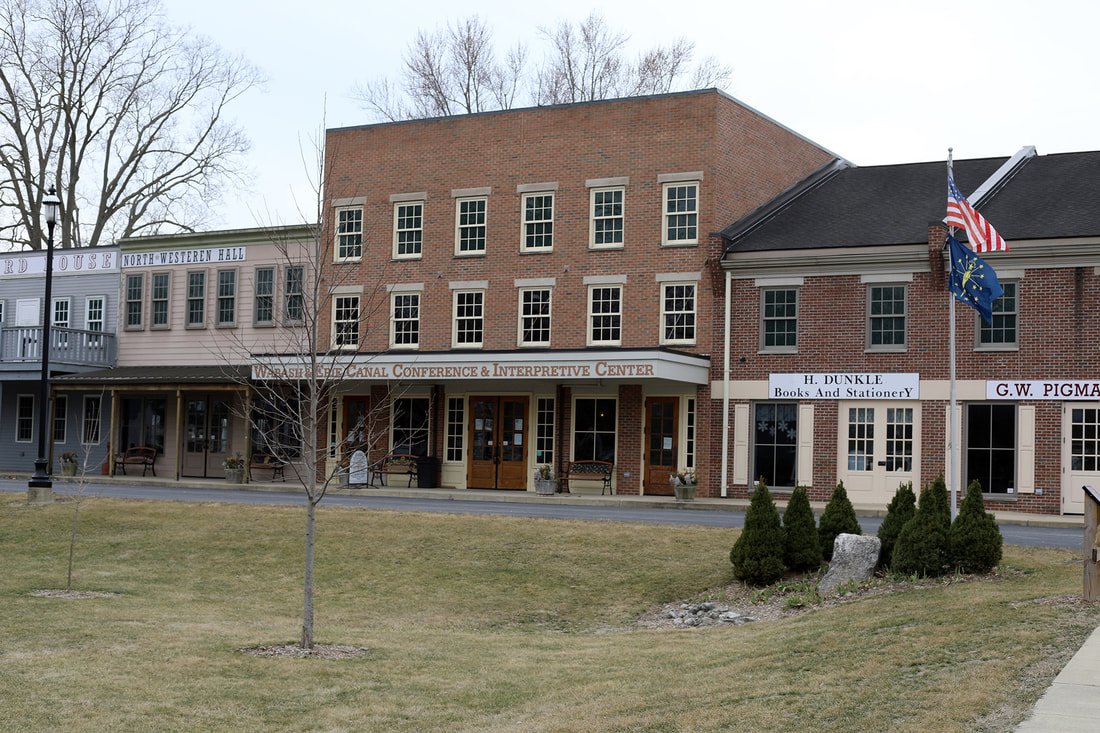
Wabash and Erie Canal Conference & Interpretive Center
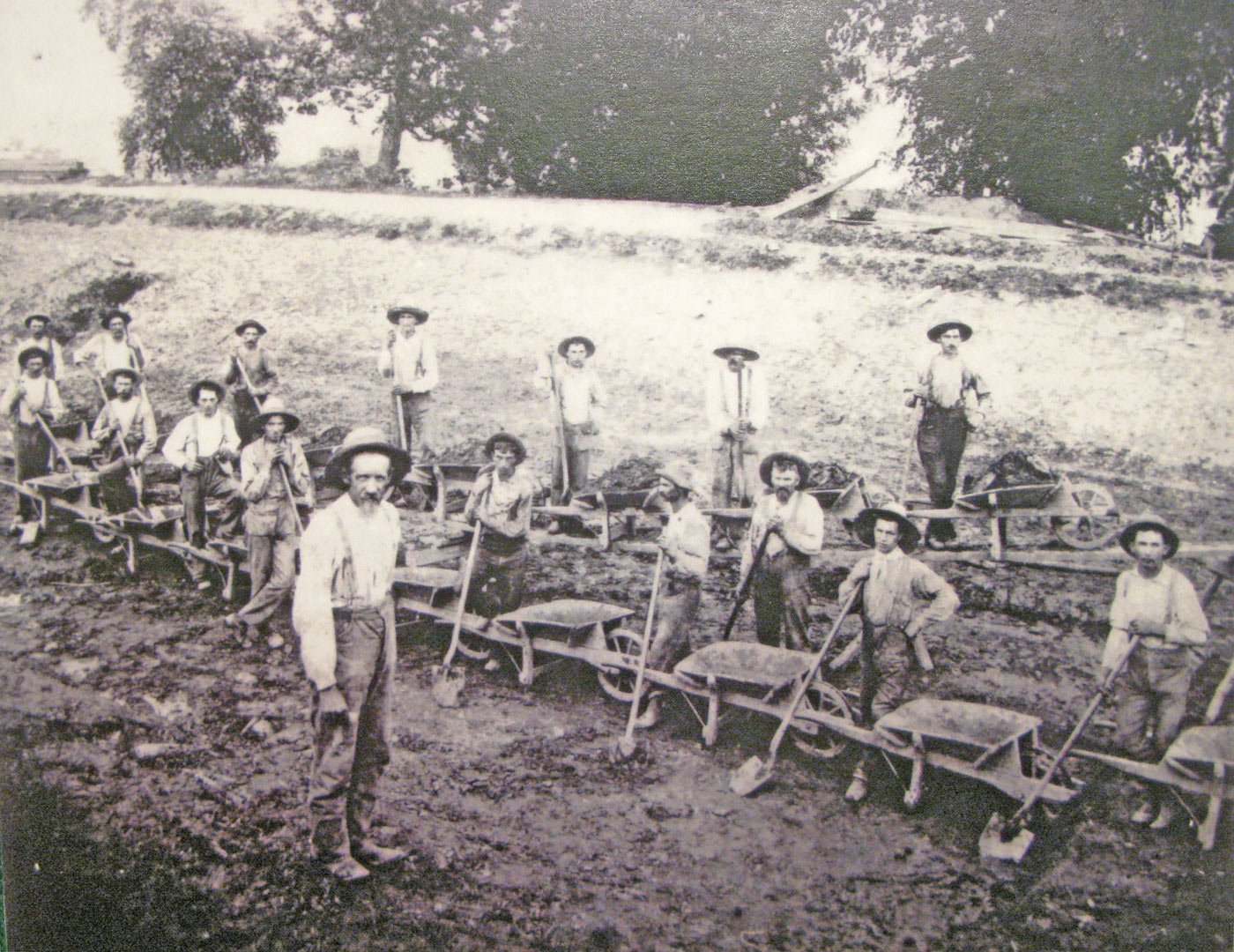
Irish immigrants built the Canal in Indiana using shovels, picks, wheelbarrows, and horse-drawn slip-scoops. By 1837, 1,000 laborers worked on the state's canal system. Accidents, fever, cholera, fights, and snakebites took a heavy toll on the workforce. The toll on lives from building the Canal was contested by some canal historians.